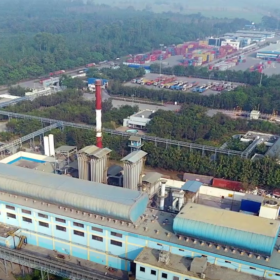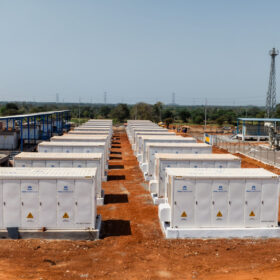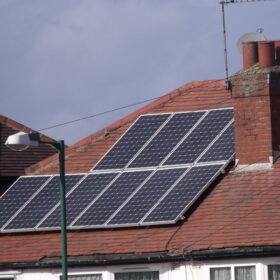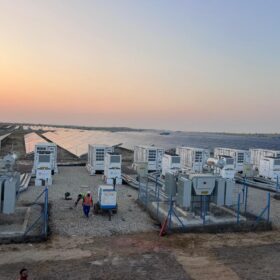IESW 2024 set for unveiling of major battery storage plans
India Energy Storage Alliance (IESA) is set to host its annual international conference and exhibition event, India Energy Storage Week (IESW), from July 1 to July 5, 2024, in New Delhi. The event is expected to witness the participation of 150+ key partners and exhibitors and 1000+ companies. Singapore-headquartered, VFlowTech will announce the launch of […]
The Hydrogen Stream: Hygenco secures green ammonia offtake agreement with Ameropa
India’s Hygenco Green Energies has signed a term sheet with Switzerland’s Ameropa for the potential supply of green ammonia from its forthcoming project at the Gopalpur port in Odisha.
The hydrogen stream: NTPC tenders for green hydrogen fuel cell locomotives
NTPC has invited bids for green hydrogen fuel cell locomotives for operation at the merry-go-round rail system of NTPC Sipat.
Amara Raja signs LFP battery technology deal with China’s Gotion
Amara Raja Energy & Mobility Ltd has secured the technology license from China’s Gotion High-Tech to manufacture lithium ferro phosphate (LFP) battery cells in both cylindrical and prismatic form factors.
Fire at South Korea primary lithium battery factory kills 22
At least 22 people, most of them foreign nationals, were killed in a massive fire at a South Korean factory that manufactures non-rechargeable lithium batteries in Hwaseong city, just south of Seoul. The cause of the blaze is still being investigated.
Tesla launches Powerwall 3 in UK & Germany
Almost ten years after the “Powerwall 1,” US EV giant Tesla has launched its home battery system, Powerwall 3, in the United Kingdom and Germany. The Powerwall 3 is being officially presented at The smarter E Europe this week.
China’s battery price war catalyses global energy storage innovation
The plummeting costs of energy storage, driven by China’s relentless price war, are expected to catalyse more economic deployments worldwide. Lithium iron phosphate (LFP) batteries are surging in market share due to their lower costs and higher cycle life compared to nickel-based lithium-ion batteries.
Hindustan Zinc secures supply deal with US-based battery developer
Hindustan Zinc will be the preferred supplier of zinc for the US-based battery company AEsir Technologies.
Amara Raja increases stake in InoBat to 9.32%
Amara Raja Energy & Mobility has increased its stake in EV battery specialist InoBat to 9.32% with a further investment of EUR 20 million into the company.
Adani Group to invest more than $100 billion in energy transition over the next decade
Next decade will see Adani Group invest more than $100 billion in the energy transition space and further expand its integrated renewable energy value chain—chairman Gautam Adani at CRISIL Ratings Annual Infrastructure Summit 2024.















